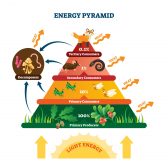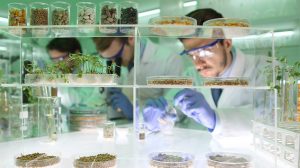Definition
noun
An artificial sweetener formed from aspartic acid that is commercially available as a low-calorie sugar substitute
Supplement
Aspartame is an artificial sweetener that is used as a sugar substitute. James M. Schlatter, a chemist, discovered it in 1965 when he accidentally contaminated his index fingertip with it and licked it to turn the page of a book he was reading, and realized that the taste was sweet. 1 He synthesized aspartame when he worked on producing a tetrapeptide of the hormone gastrin to be used in assessing an anti-ulcer drug.2
Aspartame is a methyl ester of L-aspartic acid and L-phenylalanine (thus the name). Accordingly, aspartame was about 200 times sweeter than sucrose. It is commercially available initially under the brand NutraSweet and with the intent of substituting table sugar (sucrose) in producing sweet beverages and food since a small amount of aspartame would be enough to make them sweet while with little to negligible caloric content. However, controversies on the safety on human health still surround the aspartame use.
IUPAC name: Methyl L-α-aspartyl-L-phenylalaninate
Chemical formula: C14H18N2O5
Abbreviation / Acronym: APM
See also:
Reference(s):
1 Yoquinto, L. (April 13, 2012). The Truth About Aspartame. LiveScience.com. Retrieved from http://www.livescience.com/36257-aspartame-health-effects-artificial-sweetener.html
2 Mazur, R. H. (1974). “Aspartic acid-based sweetners”. In Inglett, George E. Symposium: sweeteners. Westport, CT: AVI Publishing. pp. 159–163.







